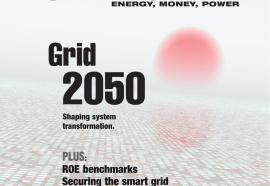Killing Coal
A senator’s crusade limits America’s options.
Oklahoma Sen. James Inhofe has made it his mission to block environmental regulations, especially greenhouse gas constraints. His most recent attack targets John Bryson, former Edison International CEO and Pres. Barack Obama’s nominee for Commerce Secretary. But rather than protecting economic interests, as Inhofe purportedly aims to do, his actions have added to the ongoing policy chaos that frustrates clean coal development.









